If you’re a horse owner, you’re probably familiar with horse accidents. You might even have the veterinarian’s phone number memorized by now. More often than not, horses come in from the field, and they’ve punctured their leg on a protruding branch or scratched their face in a thorny bush. The best way to treat these injuries is to be prepared. In fact, having a first aid kit ready could be a matter of life and death. That’s why it’s a good idea to have a first-aid kit handy in more than one place, such as the barn, the trailer and on the trail.
A recent article in Equus magazine recommends having the following items:
Disinfectant for cleansing. Always wiping from the center of the wound out towards the surrounding skin. Consider an all-natural product like Equine Solution, a first aid support formula made with electrolyzed oxidizing water, which is the same effective ingredient that competitors use, but at a fraction of the cost. Electrolyzed oxidizing water can be used to treat rain rot, dryland distemper (pigeon fever), cinch fungus, ringworm, strangles, umbilical post, and post-surgical sites.
Antiseptic swabs and scrubs to clean wounds when you don’t have access to a water supply.
Wound powder/ointment to prevent new infection. Ointments have some water resistance, but are less easily absorbed than creams. Powders avoid the need to touch a wound, but are only absorbed by broken skin.
Antibiotic aerosol for the treatment of wounds to prevent infection without damaging tissue. Often colored (eg: blue or violet) to help with targeting. Take care to spray gently from the recommended distance.
Fly repellent to keep pests away from healing wounds.
Wound dressings to cover wounds without sticking to them and to promote healing.
Bandages, at least 3 to 4 inches wide and stretchy. Vet Rap is excellent for this as it sticks to itself and not to the horse. If you choose to use ordinary crepe bandages, they can be washed and re-used.
Insulating tape or safety pins for fastening the bandages.
Gamgee/field wrap, which is cotton wool sandwiched between two layers of gauze that comes in rolls. You can cut it to shape for padding beneath bandages, or use it as a pressure pad to stop bleeding. Available from your vet, or from an equine supply store. Padded leg wraps may be used, as long as they are well-fitting and do not bunch under the bandage and cause pressure points.
Cotton wool for cleaning wounds if no swabs are available, mopping up and dabbing on powders. Keep in mind that it’s not suitable for applying dry directly to wounds or for use as padding underneath bandages as it will stick to the wound. Take care to keep clean.
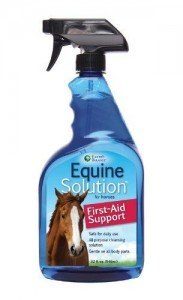
Epsom salts for soaking abscessed feet.
Scissors with rounded ends. Should be kept sharp for maximum efficiency.
Tweezers/forceps for removing splinters, etc.
Thermometer – the modern digital thermometers are easiest to read. A helpful hint is to attach a string and clip it to the horses tail so you don’t lose the thermometer.
Petroleum jelly to help insert the thermometer and protect soft tissues from soreness and chafing. Remember, all the preparation in the world doesn’t mean a thing if you don’t have access to it. First aid kits are only good if you have them when you need them. Have several, make sure they’re fully stocked. Having a first aid kit easily accessible during an emergency can pay off the investment many times over. It might even save your horse’s life.
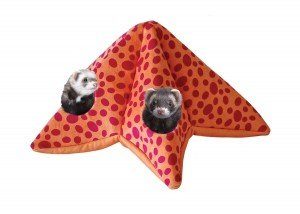 Ferret toys need not be complex. They’re fans of the classic empty box, paper grocery bags, as well as anything that crinkles or makes noise. Supervised playtime is recommended.
Ferret toys need not be complex. They’re fans of the classic empty box, paper grocery bags, as well as anything that crinkles or makes noise. Supervised playtime is recommended. Safe, interactive toys are a great way to satiate ferrets’ curiosity without worrying that they might injure themselves. Having a selection of toys is ideal, so you can rotate them in and out, and fuzzies are less likely to grow tired of them. Some toys, like our new Starfish, double as an interactive toy as well as a sleeping pod. Other toys that serve this dual purpose are the Bear Rug, Octo-Play and Igloo. It’s fun to see how many ferrets can fit inside each of these toys!
Safe, interactive toys are a great way to satiate ferrets’ curiosity without worrying that they might injure themselves. Having a selection of toys is ideal, so you can rotate them in and out, and fuzzies are less likely to grow tired of them. Some toys, like our new Starfish, double as an interactive toy as well as a sleeping pod. Other toys that serve this dual purpose are the Bear Rug, Octo-Play and Igloo. It’s fun to see how many ferrets can fit inside each of these toys!


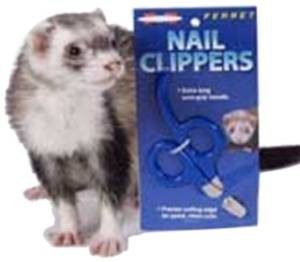
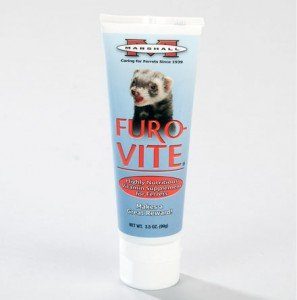 Distracting your ferret with a treat or liquid supplement like Furo-Vite can be very helpful while clipping their nails.
Distracting your ferret with a treat or liquid supplement like Furo-Vite can be very helpful while clipping their nails.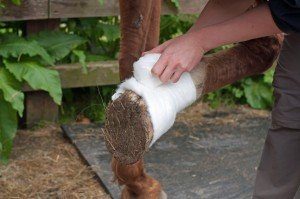

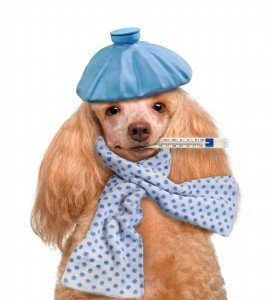 First of all, it’s important to have all information about your pet available to provide to a medical professional in the case of an emergency. This includes your pet’s species, breed, age, sex and weight. You’ll also want to have contact information for your pet’s primary veterinarian, as well as a local emergency veterinary clinic. It’s important to have this information on-hand and accessible before an emergency occurs, so you’re not rushing around during a time of high-stress. These details can make all the difference when it comes to getting your pet the fastest, most effective first aid treatment.
First of all, it’s important to have all information about your pet available to provide to a medical professional in the case of an emergency. This includes your pet’s species, breed, age, sex and weight. You’ll also want to have contact information for your pet’s primary veterinarian, as well as a local emergency veterinary clinic. It’s important to have this information on-hand and accessible before an emergency occurs, so you’re not rushing around during a time of high-stress. These details can make all the difference when it comes to getting your pet the fastest, most effective first aid treatment.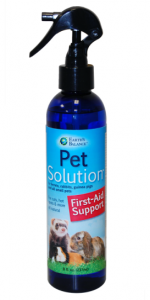 For less serious injuries, Pet Solution is a great product to have available. It’s an all-natural, first-aid support formula made with electrolyzed oxidizing water, which helps pets’ wounds heal faster. It can be used to treat a variety of common problems, such as minor cuts and scrapes, larger abrasions, hotspots, insect bites, skin irritation and more.
For less serious injuries, Pet Solution is a great product to have available. It’s an all-natural, first-aid support formula made with electrolyzed oxidizing water, which helps pets’ wounds heal faster. It can be used to treat a variety of common problems, such as minor cuts and scrapes, larger abrasions, hotspots, insect bites, skin irritation and more.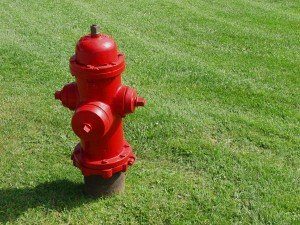 Some pet owners cope by saturating the spots where their pet “goes” with water, to dilute the nitrogen/ammonia and save the lawn. Again, just like fertilizer, these compounds are good for the lawn in small doses. But this method is only a long-term solution for those who don’t mind following their pet around with a water hose or watering can every time it’s time to “go.”
Some pet owners cope by saturating the spots where their pet “goes” with water, to dilute the nitrogen/ammonia and save the lawn. Again, just like fertilizer, these compounds are good for the lawn in small doses. But this method is only a long-term solution for those who don’t mind following their pet around with a water hose or watering can every time it’s time to “go.”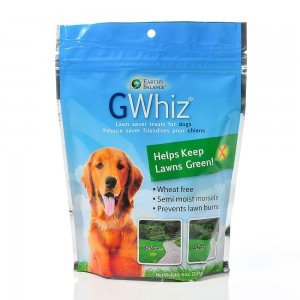 It really is that easy. Thanks to an all-natural plant extract, G-Whiz makes pets’ urine friendly to grass and plants. It’s also available as a
It really is that easy. Thanks to an all-natural plant extract, G-Whiz makes pets’ urine friendly to grass and plants. It’s also available as a